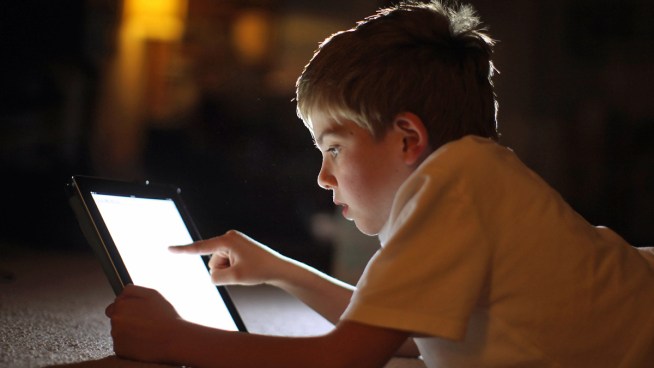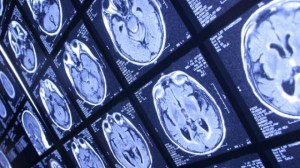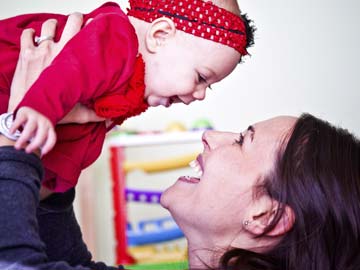
Doctors 2 parents: Limit kids’ tweeting, texting & keep smartphones, laptops out of bedrooms.
The recommendations are bound to prompt eye-rolling and LOLs from many teens but an influential pediatricians group says parents need to know that unrestricted media use can have serious consequences.
It’s been linked with violence, cyberbullying, school woes, obesity, lack of sleep and a host of other problems. It’s not a major cause of these troubles, but “many parents are clueless” about the profound impact media exposure can have on their children, said Dr. Victor Strasburger, lead author of the new American Academy of Pediatrics policy
“This is the 21st century and they need to get with it,” said Strasburger, a University of New Mexico adolescent medicine specialist.
The policy is aimed at all kids, including those who use smart phones, computers and other Internet-connected devices. It expands the academy’s longstanding recommendations on banning televisions from children’s and teens’ bedrooms and limiting entertainment screen time to no more than two hours daily.
Under the new policy, those two hours include using the Internet for entertainment, including Facebook, Twitter, TV and movies; online homework is an exception.
The policy statement cites a 2010 report that found U.S. children aged 8 to 18 spend an average of more than seven hours daily using some kind of entertainment media. Many kids now watch TV online and many send text messages from their bedrooms after “lights out,” including sexually explicit images by cellphone or Internet, yet few parents set rules about media use, the policy says.
“I guarantee you that if you have a 14-year-old boy and he has an Internet connection in his bedroom, he is looking at pornography,” Strasburger said.
The policy notes that three-quarters of kids aged 12 to 17 own cellphones; nearly all teens send text messages, and many younger kids have phones giving them online access.
“Young people now spend more time with media than they do in school – it is the leading activity for children and teenagers other than sleeping” the policy says.
Mark Risinger, 16, of Glenview, Ill., is allowed to use his smartphone and laptop in his room, and says he spends about four hours daily on the Internet doing homework, using Facebook and YouTube and watching movies.
He said a two-hour Internet time limit “would be catastrophic” and that kids won’t follow the advice, “they’ll just find a way to get around it.”
Strasburger said he realizes many kids will scoff at advice from pediatricians – or any adults.
“After all, they’re the experts! We’re media-Neanderthals to them,” he said. But he said he hopes it will lead to more limits from parents and schools, and more government research on the effects of media.
The policy was published online Monday in the journal Pediatrics. It comes two weeks after police arrested two Florida girls accused of bullying a classmate who committed suicide. Police say one of the girls recently boasted online about the bullying and the local sheriff questioned why the suspects’ parents hadn’t restricted their Internet use.
Mark’s mom, Amy Risinger, said she agrees with restricting kids’ time on social media but that deciding on other media limits should be up to parents.
“I think some children have a greater maturity level and you don’t need to be quite as strict with them,” said Risinger, who runs a communications consulting firm.
Her 12-year-old has sneaked a laptop into bed a few times and ended up groggy in the morning, “so that’s why the rules are now in place, that that device needs to be in mom and dad’s room before he goes to bed.”
Sara Gorr, a San Francisco sales director and mother of girls, ages 13 and 15, said she welcomes the academy’s recommendations.
Her girls weren’t allowed to watch the family’s lone TV until a few years ago. The younger one has a tablet, and the older one has a computer and smartphone, and they’re told not to use them after 9 p.m.
“There needs to be more awareness,” Gorr said. “Kids are getting way too much computer time. It’s bad for their socialization, it’s over stimulating, and it’s numbing them.
Source:











